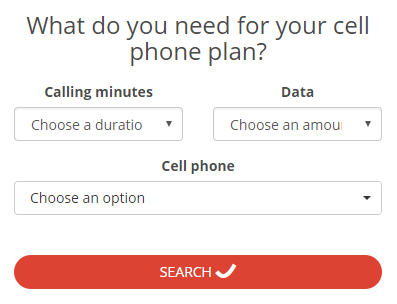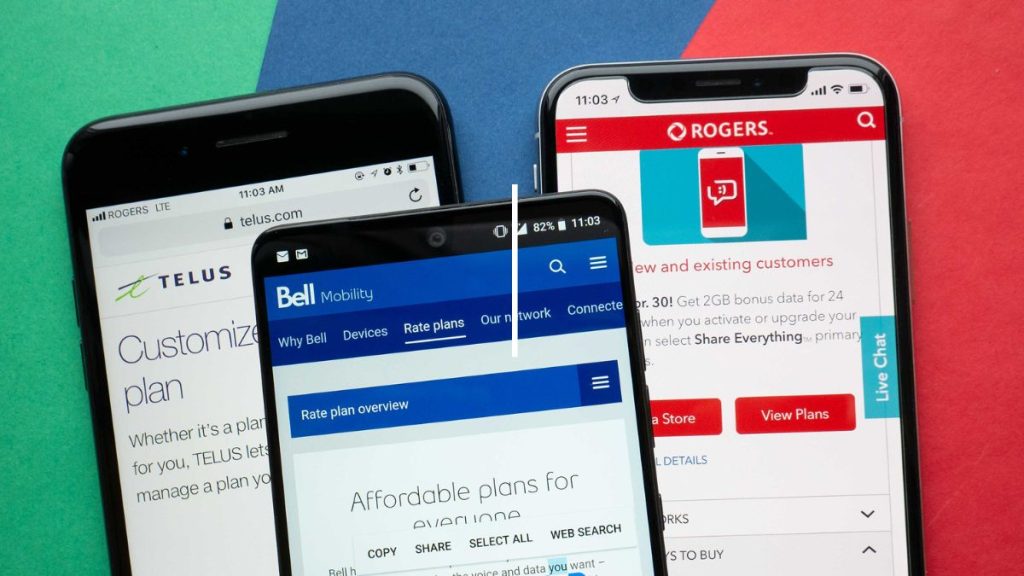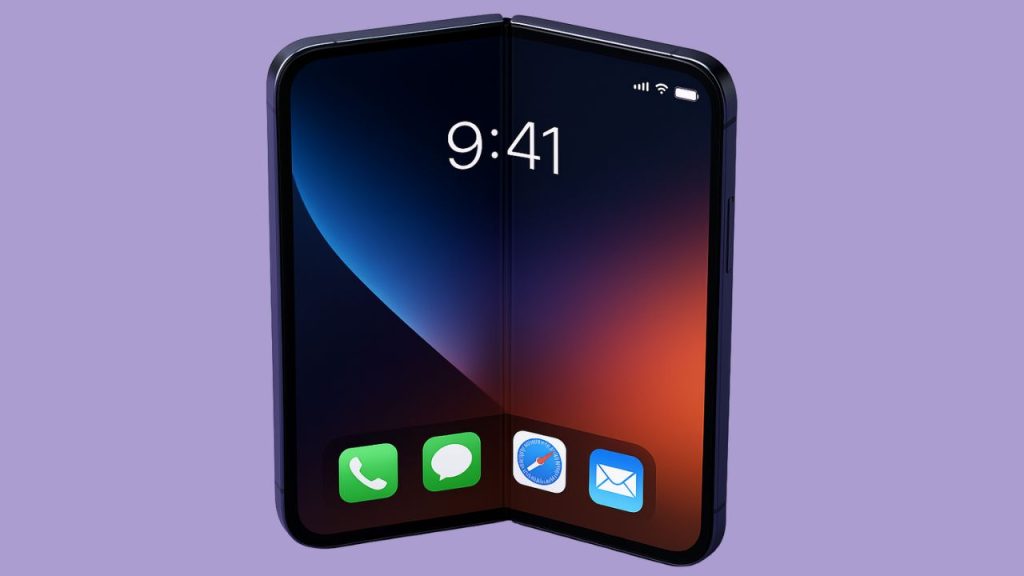The need to stay connected has never been stronger for Canadian travellers, but it can come at a cost in your mobile plan. Cell phone roaming charges happen often and travellers are looking for ways to avoid them. Social media, video streaming, emails, video calls, maps – it’s hard not to use your phone abroad when traveling.
Even if it’s simply to send a quick text message or give a call to family members, your provider can bill you roaming charges. It’s important to prepare accordingly before travelling. The best way is often to find a good travel plan with your provider, but there are additional things you can do to reduce the risk of incurring roaming charges.
What are roaming charges?
According to the Canadian Radio-Television and Telecommunications Commission, roaming charges occur when consumers use their mobile device outside of their provider’s coverage area. If users pay for local coverage, fees may apply when they leave that area. Similarly, if users pay for nationwide coverage, charges will apply as soon as they leave the country.
The charges incurred are legitimate and users are contractually obligated to pay them. When unexpected charges occur, it’s important to contact the provider directly as they may be able to adjust the fees or set payment arrangements.
How expensive are roaming charges?
Travellers often fear coming back home to a “surprise” bill from their phone provider. Roaming charges can cost users hundreds of dollars, so it’s important to purchase a travel plan beforehand or to make use of certain tools and apps to eliminate roaming charges.
Luckily, most providers offer roaming plans or add-ons that can be added to an existing plan before traveling. This way, users can know exactly how much it will cost them to use their phone abroad. According to the CRTC, providers are obliged to notify consumers when they are roaming. The limit for data roaming charges is now $100 per billing cycle unless otherwise agreed.
How to avoid roaming charges
Here are 15 tips on how to avoid roaming charges while abroad. When needed, we included instructions to change your settings on iOS and Android. Please note that these instructions can vary slightly depending on the operating system and the device you are using.
1. Buy a travel plan from your provider
Buying a travel plan is the easiest and simplest thing to do to reduce roaming charges. Often, providers will charge a fixed cost-per-day to use roaming abroad, with a limit similar to your current plan on calls, texts and data. You might also be able to use your current plan as-is while roaming.
2. Use Wi-Fi networks all the time
If your travel plan allows for data usage, you should keep it for activities that are not data-intensive as well as for emergencies. Most of us don’t have an unlimited data plan! Wi-Fi networks are a travellers best friend. There often are publicly accessible networks in airports, hotels, restaurants, cafes, parks and more. Use them as often as you can – they don’t affect your data usage!
3. Turn off data usage and data roaming
If you don’t purchase a roaming plan before leaving, we recommend that you turn data usage and data roaming off in your phone settings. This way, you will not have any surprises. If your plan doesn’t allow for texting and calling in your destination country, you can also turn on airplane mode to make sure you don’t accidentally use cellular data, texting or calling. You will then have to rely on Wi-Fi networks to keep yourself connected. Remember, Wi-Fi can be switched on even when airplane mode is turned on!
How to turn off data roaming and data usage off on IOS:
Settings > Airplane Mode “ON”, or;
Settings > Cellular > Cellular Data “OFF” and > Cellular Data Options > Data Roaming “OFF”
How to turn off data usage and roaming on Android:
Apps > Settings > More > AirPlane Mode “On”, or;
Apps > Settings > Mobile networks > Data roaming “Off”
Apps > Settings > Data usage > Mobile data “Off”
4. Save offline copies of web pages, books, music and videos
If you want to read web pages on the go, without using your data plan, try saving these pages with the free app “Pocket” available both for iOS and Android. Similarly, consider ‘downloading’ your favourite playlist(s), a few episodes of your favourite podcasts, the library book you’re reading on Libby or the Kindle app or a couple of movies on Netflix. All of these apps allow options for subscribers to download copies for offline use. Taking the time to download means that you can continue to enjoy your favourite songs, podcasts, books or movies even while travelling but without incurring exorbitant data roaming fees for streaming content while roaming.
5. Save an offline Google Maps of where you are traveling
If you anticipate not always having access to the Internet, but you think you’ll need access to GPS directions, it can be handy to download a map of the local area ahead of time. Google Maps allows you to download maps to use offline, but there is a 2GB download limit (roughly an area of 300km x 200km).
6. Download an offline navigation app
If you don’t want to search for every location and download the offline map in Google Maps ahead of time, you can also download a navigation app of the region you will be travelling to. A lot of apps offer this service for iOS and Android.
7. Keep track of your data roaming charges in real time
Providers often have an app or a text messaging system that you can use to know how much data you have been using. Use their system to make sure you are not using more than you think! Android phones have inbuilt systems of setting a data limit and alerting you when you’ve reached that limit. Though, be aware that the way your phone calculates data usage might differ slightly from your provider’s calculation. Setting triggers at multiple levels of data usage might be a good way to keep a check on data usage while traveling. We suggest that you check out our article with 10 tips on how to limit your data usage if you are looking for ways to maximize your data while traveling.
8. Use apps to send messages
If your current plan does not allow for free texting and calling abroad, use apps such as:
Skype
Google Hangouts
Whatsapp
iMessage
Facetime
Facebook Messenger
Viber
All of these allow the sending and receiving of calls and messages over the Internet, instead of using a cellphone service. So these should work even if your phone is on airplane mode as long as you are connected to a wifi network.
9. Get a travel plan for Canada-US (if traveling to the US)
Because travels to the US are frequent for Canadians, providers often have good deals on Canada-US travel plans. If you are only traveling to the US, contact your provider to see what plans they have.
10. Talk to your carrier before leaving
Most carriers have flexible travel plans that are reasonably priced for popular destinations. Give a call to your carrier and see what type of plans they could offer you. Maybe there is a hidden deal that you missed on your provider’s website that will be available when you call!
11. Remove the SIM Card from your phone
If you want to be sure to not use data, calls or texts outside of your plan’s scope – you can always remove the SIM card and just bring your phone with you to use over Wi-Fi.
12. Get your phone unlocked and use a local SIM Card
Since December 2017, every device in Canada can be unlocked for free by the carrier. Get your device unlocked before traveling and purchase a local SIM card in the country where you will be traveling. Pro tip: if you are going to multiple countries in Europe, get a SIM Card with a plan that works across Europe.
13. Check the roaming rates with your provider
Even if you don’t think you will need your phone abroad outside of the Wi-Fi, it’s always good to check how much your provider is charging for phone and text roaming as well as data roaming.
14. Rent a phone and leave yours at home
It might sound drastic, but it’s possible. Some travellers who don’t want to deal with travel plans simply decide to leave their device at home and then loan a phone upon arrival. Sometimes car rental agencies or airports offer this service. The biggest downside is that you will lose your phone number and access to any data that is stored on your phone.
15. Monitor your bill upon returning home
Even if you are sure that you didn’t incur roaming charges while abroad, it’s always good to double check your monthly bill upon returning from a trip. It doesn’t cost anything to check! We also suggest that you compare your current plan with those currently available on the market. Use the PlanHub comparison tool below to find all plans available for you today:









